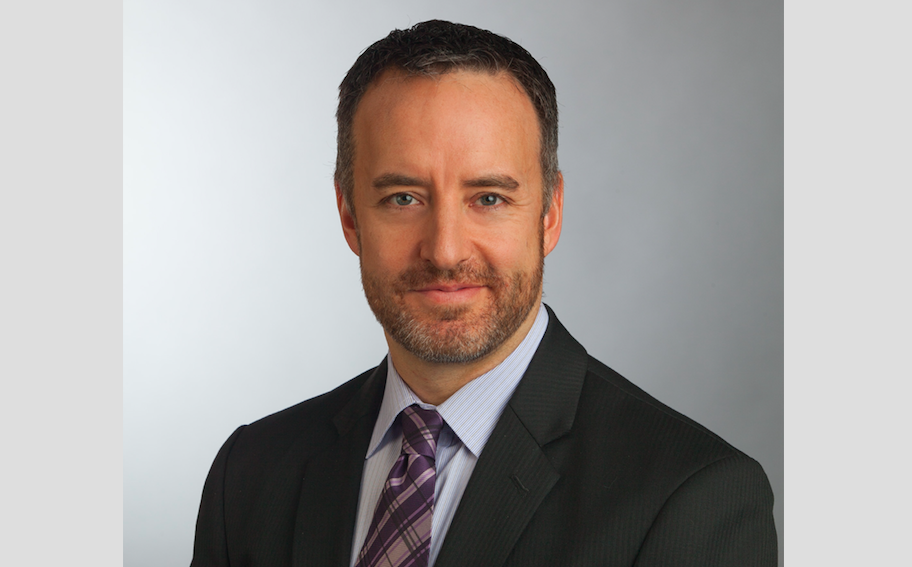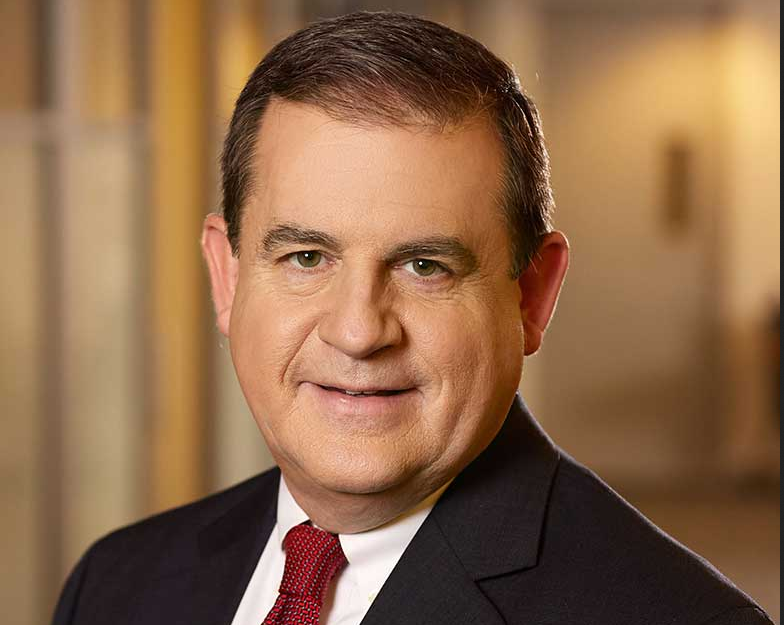Kirstie Spence (Capital Group): “Several Factors Have Combined to Create a Perfect Storm in EM Debt Markets”
| By Beatriz Zúñiga | 0 Comentarios

Emerging countries are also facing a health crisis due to COVID-19 with serious financial and economic consequences. In this context, debt in US dollars has fallen 13% and debt in local currency of emerging markets has decreased by 15% in terms of US dollars, so far this year. Kirstie Spence, portfolio manager at Capital Group, analyzes the emerging debt market in this interview.
How has emerging market debt fared in these volatile markets?
Emerging market (EM) countries are facing a health crisis, with severe global financial and economic implications. I’ve been through many crises in my career and this one is truly extraordinary. US dollar debt is down year-to-date as EM local currency debt is in US dollar terms, most the falls reflects weakness in EM exchange rates versus the US dollar.
Within US dollar debt, it is generally the higher yielding portion that has disproportionately weakened, while declines in EM investment grade bonds are much more in line with movements in US corporate investment grade bonds. Results have also been mixed in local currency debt, but actually some of the frontier markets have been more stable, which is probably due to a lack of liquidity and being under-owned. Meanwhile, many core markets – for example, South Africa – have underperformed. That might be due to large foreign ownership of the bonds, but also because of specific issues related to those markets.
How has liquidity been in EM debt markets?
Several factors have combined to create a perfect storm in EM debt markets. The virus spread created fear and resulted in a correlated sell-off, which was then followed by an oil-price shock which always tends to impact EM as a commodity related asset class.. At the same time, passive exchange-traded funds (ETFs) were being unwound in very large amounts; there was demand for US Treasuries and dollars that couldn’t be met, all while banks and intermediaries were impacted by the practicalities of working from home, including that of the role of intermediation, which was impeded by regulations against risk-taking activities outside of an authorised environment.
We have seen extraordinary measures taken by various central banks, which have helped ease the situation. Mortgage and Treasury markets are functioning better, and US investment grade credit issuance in March was the highest on record as companies seek to lock in liquidity. Because of the domestic buyer base and support from central and local banks, trading liquidity in EM local markets has also improved. Liquidity is choppy, but there is very little actually trading outside of local markets, although it feels like it is normalising. This week, more EM countries have moved into lockdown (South Africa, India, Argentina and some parts of Mexico), which has also created liquidity challenges, although we are starting to see these ease. Capital Group has been able to trade in this difficult time, thanks to our traders’ good relationships and persistence. However very few of the prices we see on the screens, especially the lower ones, we are able to execute at.
How important is China in the recovery of emerging markets?
China’s role in a global economic recovery is key, especially for EM. China’s recovery will likely be slow, because supply chains are blocked and the US and Europe are effectively shut down. However, we saw PMI numbers this week, which were more positive than expected, demonstrating some early recovery.
China has a lot of firepower in terms of additional policy stimulus, and strong political will to use it; the country needs economic growth for political stability.
China could also get involved in lending to countries; this would be more of a mediator role, if certain EM countries face refinancing difficulties further down the line.
What is your outlook for the asset class?
Clearly the global economic backdrop for EM, in fact for the whole world, is dramatically different to what it was even a month or two ago. Our base case going into 2020 was one of relatively benign interest rates and global growth, which would have been supportive for EM debt. We now expect a large contraction in global growth in the second and potentially third quarters of the year. I don’t expect a V shaped recovery because of the nature of the pandemic and the length of the economic shutdown. The oil price has fallen dramatically, as have other commodities, which is broadly negative for EM.
A worst-case scenario could be one where very large EM stimulus measures, such as those seen in DMs, cannot be refinanced due to a prolonged recession and we face a debt restructuring, say, 12 months down the road.
However, the probability of that is very low because we have also had a huge and unprecedented level of stimulus both through monetary policy to support financial markets and fiscal policy to support the broader economies. That has come both from individual EM countries at the domestic level as well as internationally.
As long as the authorities stay ahead of the curve in terms of liquidity provision and a fiscal response to try and support growth, then I think that would be a relatively supportive backdrop for EM debt. I also think investors will continue to look for higher yielding assets with traditional portfolios of investment grade assets offering low yields, which will support EM debt issuance. It is very difficult to time the bottom of the market, but we are incrementally repositioning portfolios, rotating positions without making big portfolio shifts, expecting these to bear fruit over a time horizon of 12-18 months.













